Questioni was wondering about egg laying, i have tried research and looking at different sites and even reading books, i have found info when they fertile eggs but not when they are not fertile. i have a female red ear slider that is 5 years old and 6 inches long, she is in a 125 gallon six foot long tank with about 80 gallons of water,(waiting to get the above tank basking area built) so i have a small glass tank turned on its side to make the basking area, i have the temp of 85 degrees, with uvb and regular bulb, water temp is 79 degrees away, bare tank bottom, some plants, varies rocks so the turtle can rest when swimming, every bare minimum the turtle needs to be happy and then some, but i was wondering about a egg laying part, i have read that females will mature around this age a start to lay eggs whether they are fertile or not, and i was wondering on what should i provide for her to lay eggs, how to build the part with soil or should i just place her in a separate with soil, i don't want her to become egg bound. when will i know when she needs to lays eggs, how often and how long, will i have to keep her in soil, or if it has to be in the tank what is the best way to build a place for her? any advice will be great
thanks
AnswerLook into my previous answers about turtles and egg laying, and incubation. I have a lot listed in previous answers. There are also a lot of good resources on the net for providing dry basking area and egg laying medium and incubation of eggs.
Best place for her really is an outdoor pond habitat with a lot of dry area on the perimeter when they get this mature. It is hard to provide enough dry burrowing space for a mature female in an indoor setup without converting most of your tank..then she would loose aquatic habitat.
You would probably need double the space you have now to tell the truth, to make her most comfortable. She needs variation in substrates, because she may not like one spot, or a particular substrate to lay her eggs in. If she is not satisfied, she may try to hold on to them too long and get egg bound, or get sepsis.

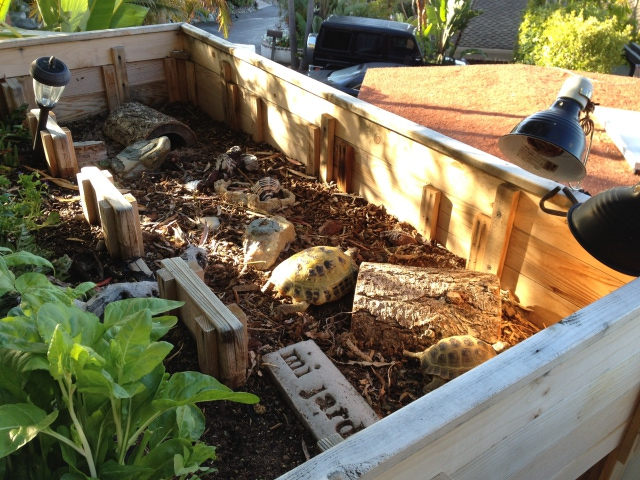 Russian turtle nesting
QuestionQUESTION: hello, we have one large female and 3
Russian turtle nesting
QuestionQUESTION: hello, we have one large female and 3
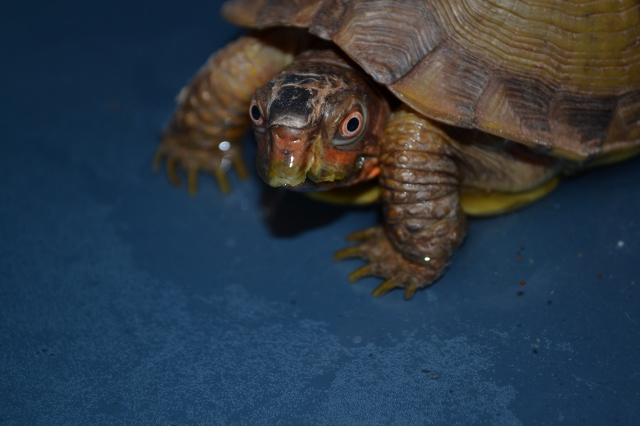 tortoise information
Question
Tortoise Tortoise
Hello! We recei
tortoise information
Question
Tortoise Tortoise
Hello! We recei
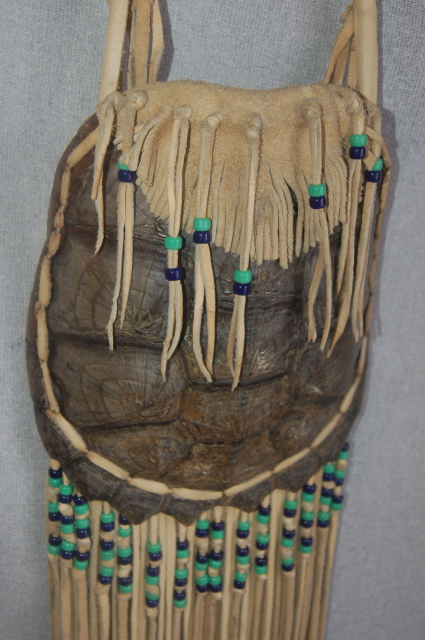 recognize turtle by the shell
Question
shell bag Shell bag
Hello, I have
recognize turtle by the shell
Question
shell bag Shell bag
Hello, I have
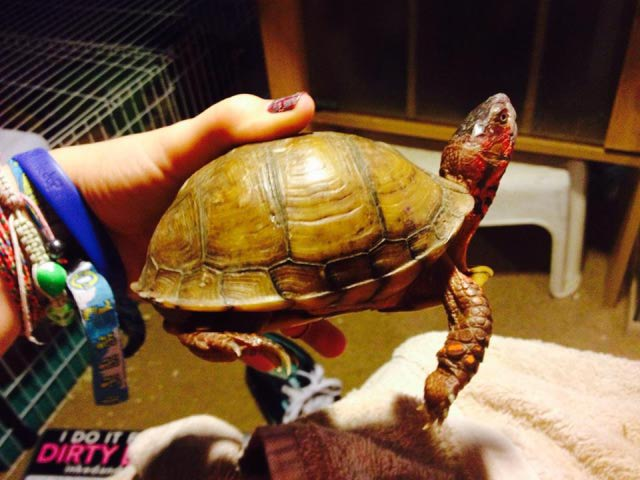 Box turtle!!
QuestionBox turtle
Box turtle
QUESTION: H
Box turtle!!
QuestionBox turtle
Box turtle
QUESTION: H
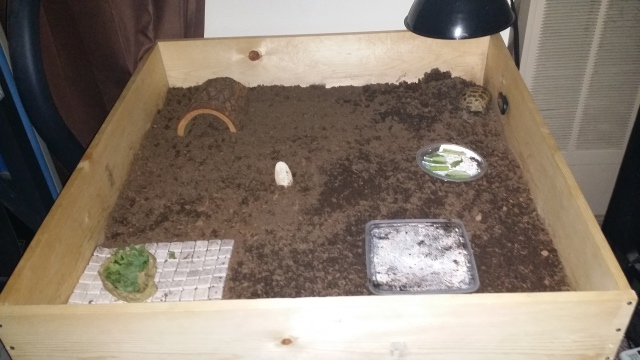 My new Russian Tortoise not eating
QuestionQUESTION: I purchased a Russian Tortoise from P
My new Russian Tortoise not eating
QuestionQUESTION: I purchased a Russian Tortoise from P